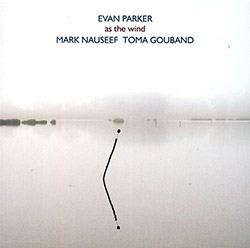
A brilliant album of subtle and masterful improvisation recorded in 2012 at and using the reverb of the St. Peters church in Whitstable by soprano saxophonist Evan Parker with two percussionists: Toma Gouband on lithophone-based percussion and Mark Nauseef on metallophone-based percussion.
Out of Stock
Quantity in Basket: None
Log In to use our Wish List
Shipping Weight: 3.00 units
Sample The Album:
Evan Parker-soprano saxophone
Mark Nauseef-metallophone based percussion
Toma Gouband-lithophone based percussion
Click an artist name above to see in-stock items for that artist.
UPC: 5030243160129
Label: psi
Catalog ID: 16.01
Squidco Product Code: 22651
Format: CD
Condition: New
Released: 2016
Country: Spain
Packaging: Cardboard Gatefold 3 Panels
Recorded at St Peters, in Whitstable, England, on September 22nd, 2012, by Adam Skeaping.
"A 2012 set of trio improvisations by Evan Parker playing soprano saxophone, Mark Nauseef playing metallophone based percussion and Toma Gouband playing lithophone based percussion. Recorded by genius engineer Adam Skeaping in the warm, natural acoustics of St Peters, Whitstable. Evan Parker feels strongly that this is one of the best records he has ever made."-Emanem
A lithophone is a musical instrument consisting of a rock or pieces of rock which are struck to produce musical notes. Notes may be sounded in combination (producing harmony) or in succession (melody). The lithophone is an idiophone similar to the bars on instruments such as the glockenspiel, metallophone, xylophone and marimba. A metallophone is any musical instrument consisting of tuned metal bars which are struck to make sound, usually with a mallet.
Artist Biographies
• Show Bio for Evan Parker "Evan Parker was born in Bristol in 1944 and began to play the saxophone at the age of 14. Initially he played alto and was an admirer of Paul Desmond; by 1960 he had switched to tenor and soprano, following the example of John Coltrane, a major influence who, he would later say, determined "my choice of everything". In 1962 he went to Birmingham University to study botany but a trip to New York, where he heard the Cecil Taylor trio (with Jimmy Lyons and Sunny Murray), prompted a change of mind. What he heard was "music of a strength and intensity to mark me for life ... l came back with my academic ambitions in tatters and a desperate dream of a life playing that kind of music - 'free jazz' they called it then." Parker stayed in Birmingham for a time, often playing with pianist Howard Riley. In 1966 he moved to London, became a frequent visitor to the Little Theatre Club, centre of the city's emerging free jazz scene, and was soon invited by drummer John Stevens to join the innovative Spontaneous Music Ensemble which was experimenting with new kinds of group improvisation. Parker's first issued recording was SME's 1968 Karyobin, with a line-up of Parker, Stevens, Derek Bailey, Dave Holland and Kenny Wheeler. Parker remained in SME through various fluctuating line-ups - at one point it comprised a duo of Stevens and himself - but the late 1960s also saw him involved in a number of other fruitful associations. He began a long-standing partnership with guitarist Bailey, with whom he formed the Music Improvisation Company and, in 1970, co-founded Incus Records. (Tony Oxley, in whose sextet Parker was then playing, was a third co-founder; Parker left Incus in the mid-1980s.) Another important connection was with the bassist Peter Kowald who introduced Parker to the German free jazz scene. This led to him playing on Peter Brötzmann's 1968 Machine Gun, Manfred Schoof's 1969 European Echoes and, in 1970, joining pianist Alex von Schlippenbach and percussionist Paul Lovens in the former's trio, of which he is still a member: their recordings include Pakistani Pomade, Three Nails Left, Detto Fra Di Noi, Elf Bagatellen and Physics. Parker pursued other European links, too, playing in the Pierre Favre Quartet (with Kowald and Swiss pianist Irene Schweizer) and in the Dutch Instant Composers Pool of Misha Mengelberg and Han Bennink. The different approaches to free jazz he encountered proved both a challenging and a rewarding experience. He later recalled that the German musicians favoured a "robust, energy-based thing, not to do with delicacy or detailed listening but to do with a kind of spirit-raising, a shamanistic intensity. And l had to find a way of surviving in the heat of that atmosphere ... But after a while those contexts became more interchangeable and more people were involved in the interactions, so all kinds of hybrid musics came out, all kinds of combinations of styles." A vital catalyst for these interactions were the large ensembles in which Parker participated in the 1970s: Schlippenbach's Globe Unity Orchestra, Chris McGregor's Brotherhood of Breath, Barry Guy's London Jazz Composers Orchestra (LJCO) and occasional big bands led by Kenny Wheeler. In the late 70s Parker also worked for a time in Wheeler's small group, recording Around Six and, in 1980, he formed his own trio with Guy and LJCO percussionist Paul Lytton (with whom he had already been working in a duo for nearly a decade). This group, together with the Schlippenbach trio, remains one of Parker's top musical priorities: their recordings include Tracks, Atlanta, Imaginary Values, Breaths and Heartbeats, The Redwood Sessions and At the Vortex. In 1980, Parker directed an Improvisers Symposium in Pisa and, in 1981, he organised a special project at London's Actual Festival. By the end of the 1980s he had played in most European countries and had made various tours to the USA, Canada, Australia, New Zealand and Japan. ln 1990, following the death of Chris McGregor, he was instrumental in organising various tributes to the pianist and his fellow Blue Notes; these included two discs by the Dedication Orchestra, Spirits Rejoice and lxesa. Though he has worked extensively in both large and small ensembles, Parker is perhaps best known for his solo soprano saxophone music, a singular body of work that in recent years has centred around his continuing exploration of techniques such as circular breathing, split tonguing, overblowing, multiphonics and cross-pattern fingering. These are technical devices, yet Parker's use of them is, he says, less analytical than intuitive; he has likened performing his solo work to entering a kind of trance-state. The resulting music is certainly hypnotic, an uninterrupted flow of snaky, densely-textured sound that Parker has described as "the illusion of polyphony". Many listeners have indeed found it hard to credit that one man can create such intricate, complex music in real time. Parker's first solo recordings, made in 1974, were reissued on the Saxophone Solos CD in 1995; more recent examples are Conic Sections and Process and Reality, on the latter of which he does, for the first time, experiment with multi-tracking. Heard alone on stage, few would disagree with writer Steve Lake that "There is, still, nothing else in music - jazz or otherwise - that remotely resembles an Evan Parker solo concert." While free improvisation has been Parker's main area of activity over the last three decades, he has also found time for other musical pursuits: he has played in 'popular' contexts with Annette Peacock, Scott Walker and the Charlie Watts big band; he has performed notated pieces by Gavin Bryars, Michael Nyman and Frederic Rzewski; he has written knowledgeably about various ethnic musics in Resonance magazine. A relatively new field of interest for Parker is improvising with live electronics, a dialogue he first documented on the 1990 Hall of Mirrors CD with Walter Prati. Later experiments with electronics in the context of larger ensembles have included the Synergetics - Phonomanie III project at Ullrichsberg in 1993 and concerts by the new EP2 (Evan Parker Electronic Project) in Berlin, Nancy and at the 1995 Stockholm Electronic Music Festival where Parker's regular trio improvised with real-time electronics processed by Prati, Marco Vecchi and Phillip Wachsmann. "Each of the acoustic instrumentalists has an electronic 'shadow' who tracks him and feeds a modified version of his output back to the real-time flow of the music." The late 80s and 90s brought Parker the chance to play with some of his early heroes. He worked with Cecil Taylor in small and large groups, played with Coltrane percussionist Rashied Ali, recorded with Paul Bley: he also played a solo set as support to Ornette Coleman when Skies of America received its UK premiere in 1988. The same period found Parker renewing his acquaintance with American colleagues such as Anthony Braxton, Steve Lacy and George Lewis, with all of whom he had played in the 1970s (often in the context of London's Company festivals). His 1993 duo concert with Braxton moved John Fordham in The Guardian to raptures over "saxophone improvisation of an intensity, virtuosity, drama and balance to tax the memory for comparison". Parker's 50th birthday in 1994 brought celebratory concerts in several cities, including London, New York and Chicago. The London performance, featuring the Parker and Schlippenbach trios, was issued on a highly-acclaimed two-CD set, while participants at the American concerts included various old friends as well as more recent collaborators in Borah Bergman and Joe Lovano. The NYC radio station WKCR marked the occasion by playing five days of Parker recordings. 1994 also saw the publication of the Evan Parker Discography, compiled by ltalian writer Francesco Martinelli, plus chapters on Parker in books on contemporary musics by John Corbett and Graham Lock. Parker's future plans involve exploring further possibilities in electronics and the development of his solo music. They also depend to a large degree on continuity of the trios, of the large ensembles, of his more occasional yet still long-standing associations with that pool of musicians to whose work he remains attracted. This attraction, he explained to Coda's Laurence Svirchev, is attributable to "the personal quality of an individual voice". The players to whom he is drawn "have a language which is coherent, that is, you know who the participants are. At the same time, their language is flexible enough that they can make sense of playing with each other ... l like people who can do that, who have an intensity of purpose." " ^ Hide Bio for Evan Parker • Show Bio for Mark Nauseef "Mark Nauseef (born June 11, 1953), in Cortland, New York, is a drummer and percussionist who has enjoyed a varied career, ranging from rock music during the 1970s with his time as a member of the Ian Gillan Band and, temporarily, Thin Lizzy, to a wide range of musical styles in more recent times, playing with many notable musicians from all over the world. Nauseef briefly toured the United Kingdom in 1972 as tour member of The Velvet Underground before joining Elf, fronted by Ronnie James Dio, in early 1975, but the group disbanded shortly afterwards. Accompanied by Elf keyboardist Mickey Lee Soule, Nauseef joined ex-Deep Purple singer Ian Gillan in his new jazz fusion group, simply named the Ian Gillan Band. After three albums, Gillan broke the group up in 1978. Nauseef stood in for Thin Lizzy drummer Brian Downey for two international tours, then joined Gary Moore's short-lived band G-Force. During the 1980s, Nauseef moved away from rock music towards a wide range of styles, including Javanese and Balinese gamelan, as well as music of Indian and Ghanaian origin. He has released several solo albums and worked with many other musicians in an array of different projects. Nauseef has performed and/or recorded with such artists as Joachim Kühn, Gary Moore, Jack Bruce, Bill Laswell, Rabih Abou-Khalil, Trilok Gurtu, Steve Swallow, L. Shankar, Hamza El Din, The Velvet Underground, Joëlle Léandre, Ikue Mori, Ronnie James Dio, Markus Stockhausen, Kyai Kunbul (Javanese Gamelan), Andy Summers, Tony Oxley, Tomasz Stanko, Kenny Wheeler, Edward Vesala's "Sound and Fury", Thelma Houston, David Torn, The Ladzekpo Brothers (Ghanaian music and dance), Charlie Mariano, The Gamelan Orchestra of Saba (Balinese Gamelan), Kudsi Erguner, Philip Lynott, George Lewis, Evan Parker and Lou Harrison. Throughout most of these projects Nauseef has collaborated with Walter Quintus. Nauseef attended the California Institute of the Arts where he studied Javanese Gamelan with K.R.T. Wasitodiningrat, Balinese Gamelan with I Nyoman Wenten, North Indian Pakhawaj drumming with Pandit Taranath Rao, North Indian music theory with Pandit Amiya Dasgupta, Ghanaian drumming and dance with Kobla and Alfred Ladzekpo, Dzidzorgbe Lawluvi and C.K. Ganyo, and 20th Century Western percussion techniques and hand drumming with John Bergamo. He also studied frame drum techniques of the Middle East, India and the Caucasus with Glen Velez. It was also at CalArts that Nauseef began a very creative and productive relationship, which continues to this day, with musical "alter ego", guitarist Miroslav Tadic. Together, they have composed, recorded and produced a wide range of music in situations from duo to large ensembles with musicians from around the world.-Wikipedia (https://en.wikipedia.org/wiki/Mark_Nauseef) ^ Hide Bio for Mark Nauseef • Show Bio for Toma Gouband Toma Gouband plays percussions with singing stones, foliage, drums, pin apple, and develops rythms based on proportions, crossing speeds, colors. "One doesn't even need to 'enter' into the music of Toma Gouband: our ears (and eyes, if we have the pleasure of seeing him at work) are invited, by the spectacular and extraordinary organisation of colors and timbres that make up his dreaming inventive universe. Pieces of flint, natural skins covering a horizontal bass drum, which has scattered upon it tiny bells or blocks of wood, branches and twigs... pebbles rolled on the ground, inverted cymbals collcting thus all sorts of natural resonators... The high-hat cymbals have been replaced by...they've also been replaced by stones! Animated by an interior pulsation made from the superimposition of mysterious cycles, like so many clocks telling life's time in polyrythms that collide and cross over each other, the music of Toma Gouband transcends the idea of an imaginary territory, for it invites us to approach it as we would a social rite or even a ceremony of love. A weaving of the tissues of sound, with wisdom, sio that we feel them as universal, as though they come or to become, for which the visual metaphor could be those traditionel Kuba cloths from Upper Zaire that made of fabrics sewn one on top of the other, to which are added motifs according to an organisation that is rigorous but seems to be governed by rules that have been transmitted only to the initiates who create them. Thus, this is a music initited by the history of the world, unique, free of the constrains imposed by convention and which responds only to its own interior strenght: a summit of the musical art."-Benoît Delbecq ^ Hide Bio for Toma Gouband
11/29/2024
Have a better biography or biography source? Please Contact Us so that we can update this biography.
11/29/2024
Have a better biography or biography source? Please Contact Us so that we can update this biography.
11/29/2024
Have a better biography or biography source? Please Contact Us so that we can update this biography.
Track Listing:
1. As The Wind 13:36
2. Seeking The Bubble Reputation 6:59
3. Like A Wild-goose Flies 4:42
4. Make Noise Enough 11:53
5. Ambitious For A Motley Coat 10:39
6. As A Weasel Sucks Eggs 1:22
7. Come Warble, Come 1:21
8. Pipes And Whistles In His Sound 3:37
9. Sane Everything 6:41
Improvised Music
Free Improvisation
London & UK Improv & Related Scenes
Parker, Evan
Trio Recordings
Recordings by or featuring Reed & Wind Players
Percussion & Drums
EMANEM & psi
Search for other titles on the label:
psi.


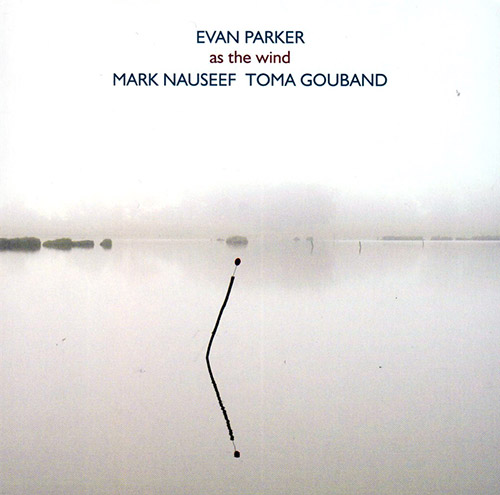

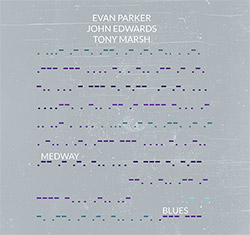

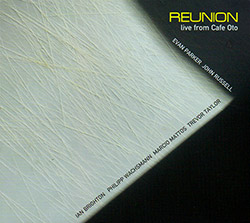
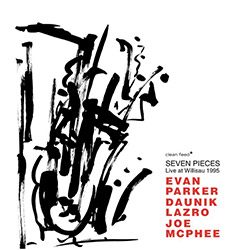
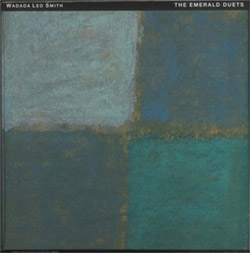



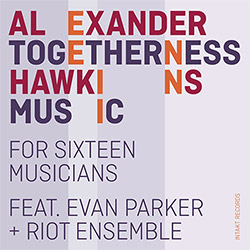
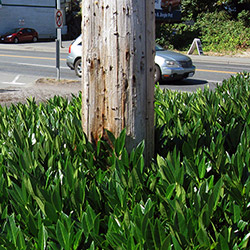

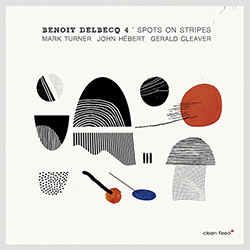



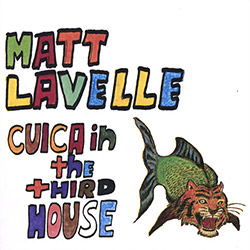


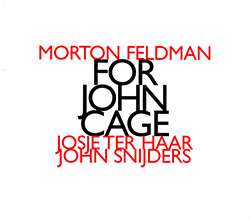
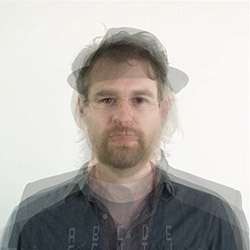
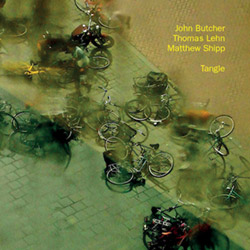

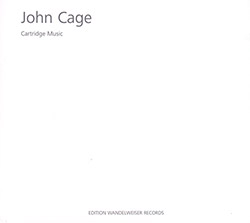









![Weston, Matt: Communism Has Appeared On The Scene [VINYL 2 LPs]](https://www.teuthida.com/productImages/misc4/35546.jpg)
![Coleman, Steve & Five Elements: PolyTropos / Of Many Turns [2 CDs]](https://www.teuthida.com/productImages/misc4/35476.jpg)
![Sorey, Tyshawn (w/ Diehl / Ragahavan): The Susceptible Now [DOUBLE VINYL]](https://www.teuthida.com/productImages/misc4/35477.jpg)
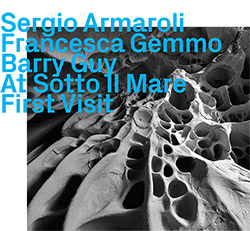
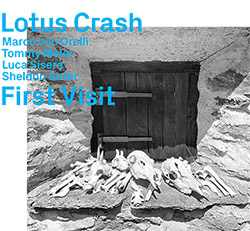
![John Coltrane Quartet (Coltrane / Tyner / Garrison / Jones): Impressions From Graz 1962, Revisited [2 CDs]](https://www.teuthida.com/productImages/misc4/35495.jpg)
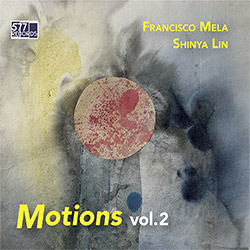
![Guy, Barry / Ken Vandermark: Occasional Poems [2 CDs]](https://www.teuthida.com/productImages/misc4/34849.jpg)
![Novoa / Carter / Mela Trio: Vol.1 [VINYL]](https://www.teuthida.com/productImages/misc4/35236.jpg)
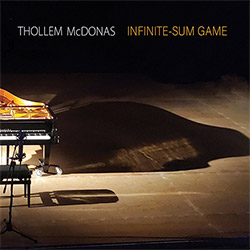

![Elephant9 : Mythical River [VINYL]](https://www.teuthida.com/productImages/misc4/34624.jpg)
![Evans, Peter (Evans / Eldh / Black): Extra [VINYL]](https://www.teuthida.com/productImages/misc4/35279.jpg)

![McPhee, Joe: Straight Up, Without Wings [BOOK]](https://www.teuthida.com/productImages/misc4/35454.jpg)
![Jeck, Philip: rpm [2 CDs]](https://www.teuthida.com/productImages/misc4/35455.jpg)
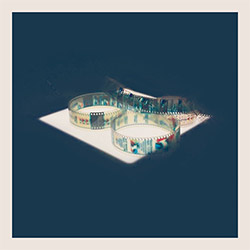
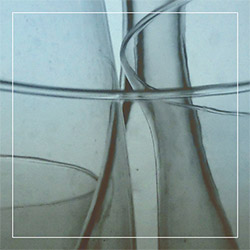

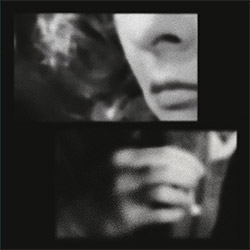





![Barker / Parker / Irabagon: Bakunawa [VINYL]](https://www.teuthida.com/productImages/misc4/35533.jpg)


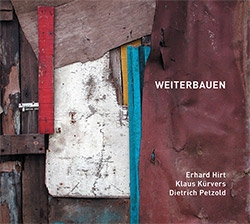

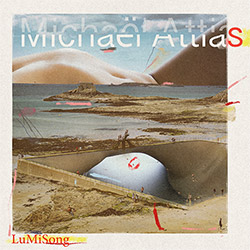
![Blaser, Samuel / Marc Ducret / Peter Bruun: Dark Was The Night, Cold Was The Ground [VINYL 10-inch]](https://www.teuthida.com/productImages/misc4/35492.jpg)



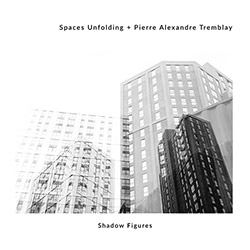

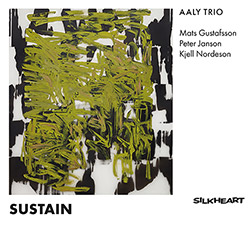
![Warren, Kenny (Warren / Hoffman / Ellman): Sweet World [VINYL]](https://www.teuthida.com/productImages/misc4/35451.jpg)


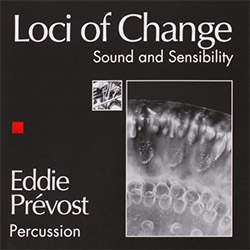

![Blake, Ran / Dave Knife Fabris: Live Amsterdam 2006, First Visit [CD + POSTCARDS]](https://www.teuthida.com/productImages/misc4/35275.jpg)

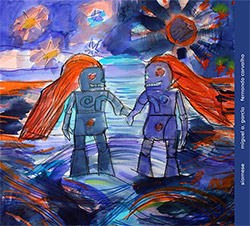


![DNS: Taking Big Bites Of The Khandas Three Cafes Deep [2 CDs]](https://www.teuthida.com/productImages/misc4/35334.jpg)

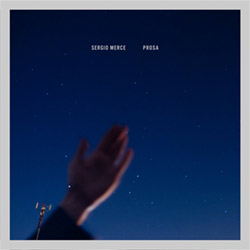
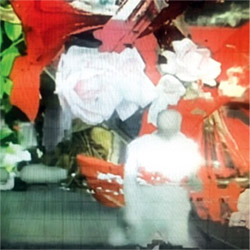

![Cleaver, Gerald: The Process [VINYL]](https://www.teuthida.com/productImages/misc4/34966.jpg)
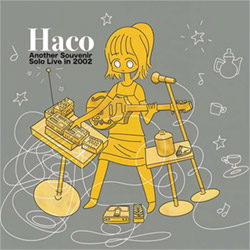


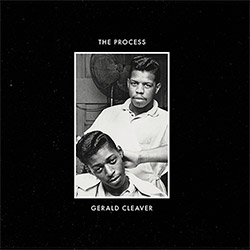
![Alva Noto: HYbr:ID II [VINYL 2 LPs]](https://www.teuthida.com/productImages/misc4/35201.jpg)

![Baron, Derek / Luke Martin: Distinct and Concealed [CASSETTE + DOWNLOAD]](https://www.teuthida.com/productImages/misc4/35079.jpg)
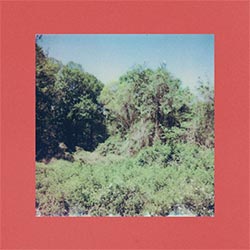
![Lyle, Erica Dawn : Colonial Motels [CASSETTE + DOWNLOAD]](https://www.teuthida.com/productImages/misc4/35080.jpg)


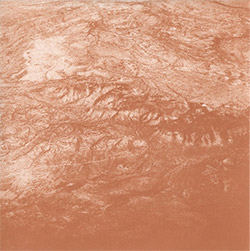
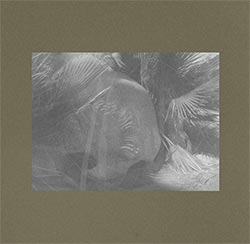
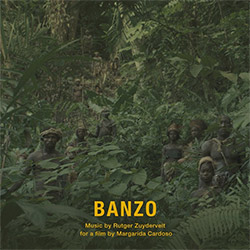




![Sanna, Claudio: Compositori Sardi Contemporanei II [2 CDs]](https://www.teuthida.com/productImages/misc4/35317.jpg)



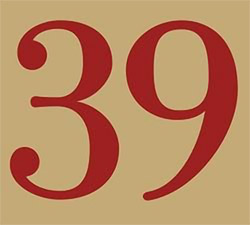
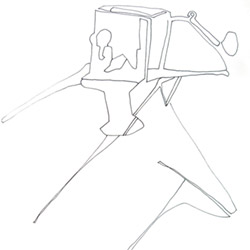


![Zurria, Manuel: Fame di Vento [3 CDs]](https://www.teuthida.com/productImages/misc4/35167.jpg)
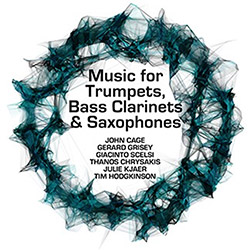
![Granberg, Magnus / Nattens Inbrott / Skogen: Holde Traume, Kehret Wieder! [2 CDs]](https://www.teuthida.com/productImages/misc4/35038.jpg)
![Frey, Jurg: Outermost Melodie [2 CDs]](https://www.teuthida.com/productImages/misc4/35039.jpg)

![Pavone, Jessica: Reverse Bloom [VINYL]](https://www.teuthida.com/productImages/misc4/34895.jpg)


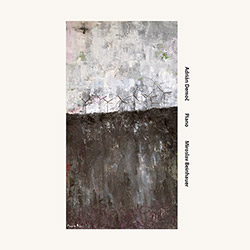

![Modney (Modney / Wooley / Gentile / Roberts / Pluta / Symthe / ...): Ascending Primes [2 CDs]](https://www.teuthida.com/productImages/misc4/34852.jpg)







![Elephant9 with Terje Rypdal: Catching Fire [VINYL 2 LPs]](https://www.teuthida.com/productImages/misc4/35355.jpg)
![Deerlady (Obomsawin, Mali / Magdalena Abrego): Greatest Hits [VINYL]](https://www.teuthida.com/productImages/misc4/34876.jpg)




![Haino, Keiji: Black Blues [2 CDs]](https://www.teuthida.com/productImages/misc4/35109.jpg)



![Surplus 1980: Illusion of Consistency [CD]](https://www.teuthida.com/productImages/misc4/35069.jpg)
![Staiano, Moe: Away Towards the Light [VINYL + DOWNLOAD]](https://www.teuthida.com/productImages/misc4/35037.jpg)



![Caveira (Gomes / Sousa / Abras / Ferrandini): Ficar Vivo [VINYL]](https://www.teuthida.com/productImages/misc4/34643.jpg)
![Gregg, J. J. / David Van Auken: Lunar Prairie [CD w/ DOWNLOAD]](https://www.teuthida.com/productImages/misc4/34611.jpg)
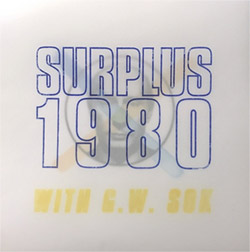
![Coultrain: Mundus [VINYL]](https://www.teuthida.com/productImages/misc4/32439.jpg)
![Mattin: Songbook #6 [VINYL]](https://www.teuthida.com/productImages/misc4/27317.jpg)
![Punkappella: Wake Up [7-inch VINYL]](https://www.teuthida.com/productImages/misc4/17519.jpg)
![Residents, The: WARNING: UNiNC.: Live And Experimental Recordings 1971-1972 [VINYL 2 LPs]](https://www.teuthida.com/productImages/misc4/31521.jpg)
![Coultrain: Phantasmagoria [VINYL]](https://www.teuthida.com/productImages/misc4/30142.jpg)
![Lennon, Sean Ono: Asterisms [VINYL]](https://www.teuthida.com/productImages/misc4/34517.jpg)
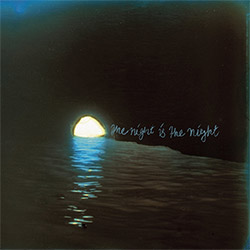
![Coley, Byron: Dating Tips for Touring Bands [VINYL]](https://www.teuthida.com/productImages/misc4/17906.jpg)

![Lost Kisses: My Life is Sad & Funny [DVD]](https://www.teuthida.com/productImages/misc4/lostKissesDVD.jpg)